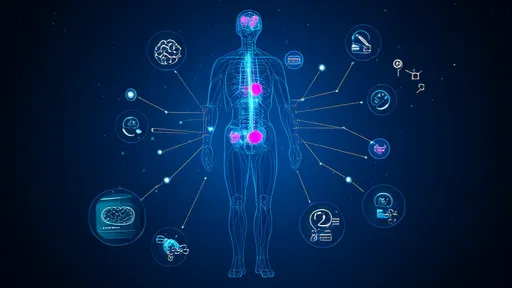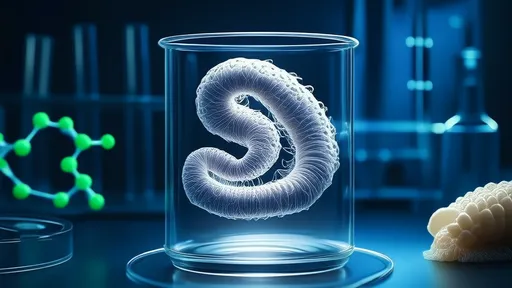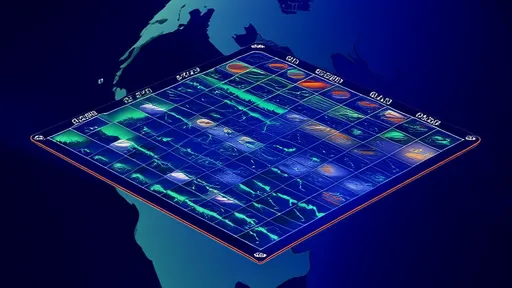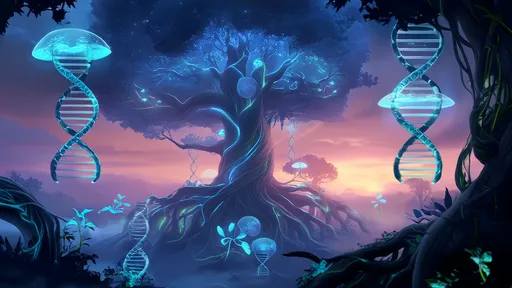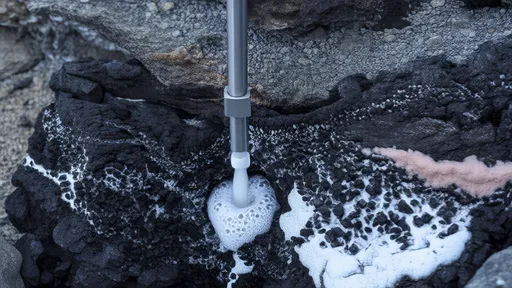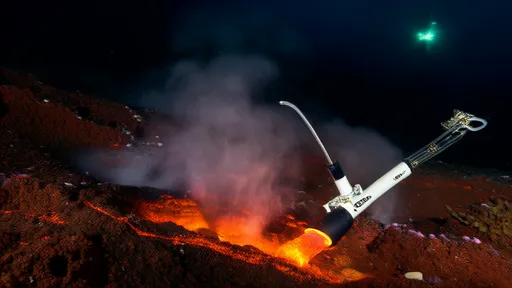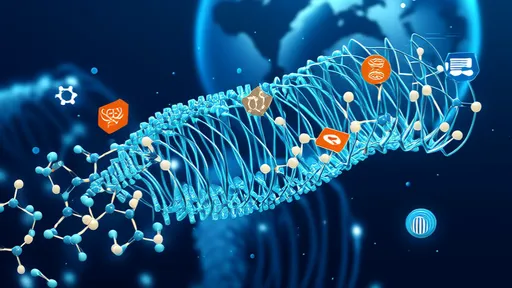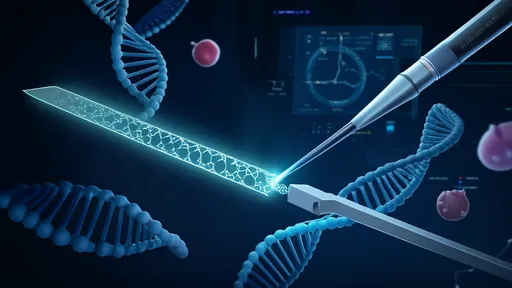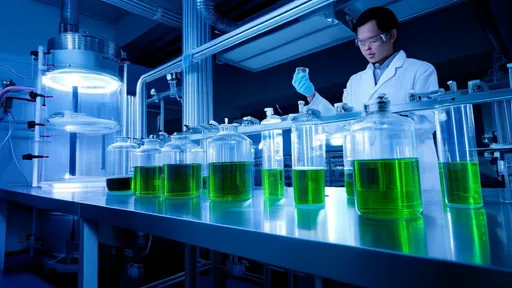The concept of brightening Earth’s clouds to reflect more sunlight
back into space is no longer confined to the realm of speculative
science fiction. Known as marine cloud brightening (MCB), this
geoengineering approach has gained traction among researchers as a
potential tool to mitigate global warming. By injecting sea salt
aerosols into low-lying marine clouds, scientists aim to enhance their
albedo—effectively turning them into larger, more reflective mirrors
that could offset some of the planet’s rising temperatures. While the
idea is theoretically sound, its real-world implications, ethical
considerations, and technical challenges remain hotly debated.
How Marine Cloud Brightening Works
At its core, marine cloud brightening relies on the same natural
processes that create clouds over the ocean. When wind sweeps across
the sea surface, it picks up tiny salt particles that become nuclei
for water vapor to condense around, forming clouds. MCB seeks to
amplify this effect by artificially introducing finely sprayed
seawater aerosols into the atmosphere. These additional particles
increase the number of water droplets within a cloud while reducing
their individual size. The result is a denser, more reflective cloud
cover that bounces more solar radiation back into space before it can
contribute to warming the Earth’s surface.
Proponents argue that this method could be particularly effective over
ocean regions where low-lying stratocumulus clouds are already
prevalent. Unlike other geoengineering proposals—such as stratospheric
aerosol injection—MCB operates on a more localized scale and uses
benign materials (saltwater) rather than synthetic chemicals. Early
modeling studies suggest that strategically brightening clouds over
certain ocean areas could counteract a significant fraction of
anthropogenic warming, buying time for carbon emission reductions to
take effect.
The Science Behind the Controversy
Despite its promise, marine cloud brightening is far from a silver
bullet. One major uncertainty lies in the unpredictability of cloud
behavior. Clouds are dynamic systems influenced by countless
variables, including wind patterns, humidity, and temperature
gradients. Artificially modifying their properties could trigger
unintended consequences, such as altered rainfall distributions or
disruptions to marine ecosystems. For instance, brighter clouds over
the Pacific might reduce precipitation in the Amazon rainforest,
thousands of miles away, by shifting atmospheric circulation patterns.
Another concern is the scalability of MCB. While small-scale
experiments—like those conducted with specialized ships spraying
seawater mist—have shown measurable increases in cloud reflectivity,
replicating this effect across vast oceanic regions would require an
unprecedented fleet of aerosol-generating vessels. The energy and
logistical demands of such an operation raise questions about
feasibility. Moreover, the longevity of the effect is uncertain; any
pause in aerosol spraying could lead to rapid temperature rebounds,
potentially exacerbating climate stress on vulnerable species.
Ethical and Governance Challenges
Beyond the scientific hurdles, marine cloud brightening poses thorny
ethical dilemmas. Unlike carbon capture or reforestation, MCB does
nothing to address the root cause of climate change—rising greenhouse
gas concentrations. Critics warn that framing it as a solution risks
diverting attention and resources away from emission reduction
efforts. There’s also the specter of geopolitical conflict: if one
nation unilaterally deploys MCB to cool its own territory, how might
neighboring countries react to unintended climatic side effects?
The lack of international governance frameworks for solar
geoengineering further complicates matters. Currently, no global body
has the authority to regulate or monitor large-scale MCB experiments,
leaving the door open to rogue actors or commercial ventures with
untested technologies. Some scientists advocate for a moratorium on
real-world testing until robust oversight mechanisms are established,
while others argue that delaying research could leave humanity
unprepared for future climate emergencies.
Field Experiments and the Path Forward
In recent years, cautious steps have been taken to move MCB from
theory to practice. The University of Washington’s Marine Cloud
Brightening Project, for example, has developed nozzle systems capable
of producing ultra-fine salt aerosols for controlled studies.
Researchers emphasize that these early trials are purely
investigative, designed to refine climate models rather than deploy
operational systems. Similar efforts in Australia explore whether MCB
could protect coral reefs by reducing ocean heat stress during marine
heatwaves.
Transparency and public engagement are central to these initiatives.
Unlike earlier geoengineering proposals shrouded in secrecy, modern
MCB research prioritizes open dialogue with policymakers, indigenous
communities, and environmental groups. This inclusive approach
acknowledges that the technology’s societal implications are as
critical as its scientific merits. Whether marine cloud brightening
ever transitions from laboratory curiosity to climate intervention
tool may depend less on engineering prowess than on achieving broad
consensus about its risks and rewards.
The Bottom Line
Marine cloud brightening sits at the intersection of desperation and
innovation—a testament to humanity’s scramble to confront a warming
world. Its allure lies in the simplicity of working with nature’s own
mechanisms, but its pitfalls reveal the hubris of assuming we can
tweak Earth’s systems without consequence. For now, MCB remains a
provocative idea rather than a proven remedy, one that underscores a
deeper truth: there are no easy fixes for climate change. As research
continues, the most valuable outcome may not be brighter clouds, but a
clearer understanding of our planet’s delicate balance—and our role in
preserving it.
